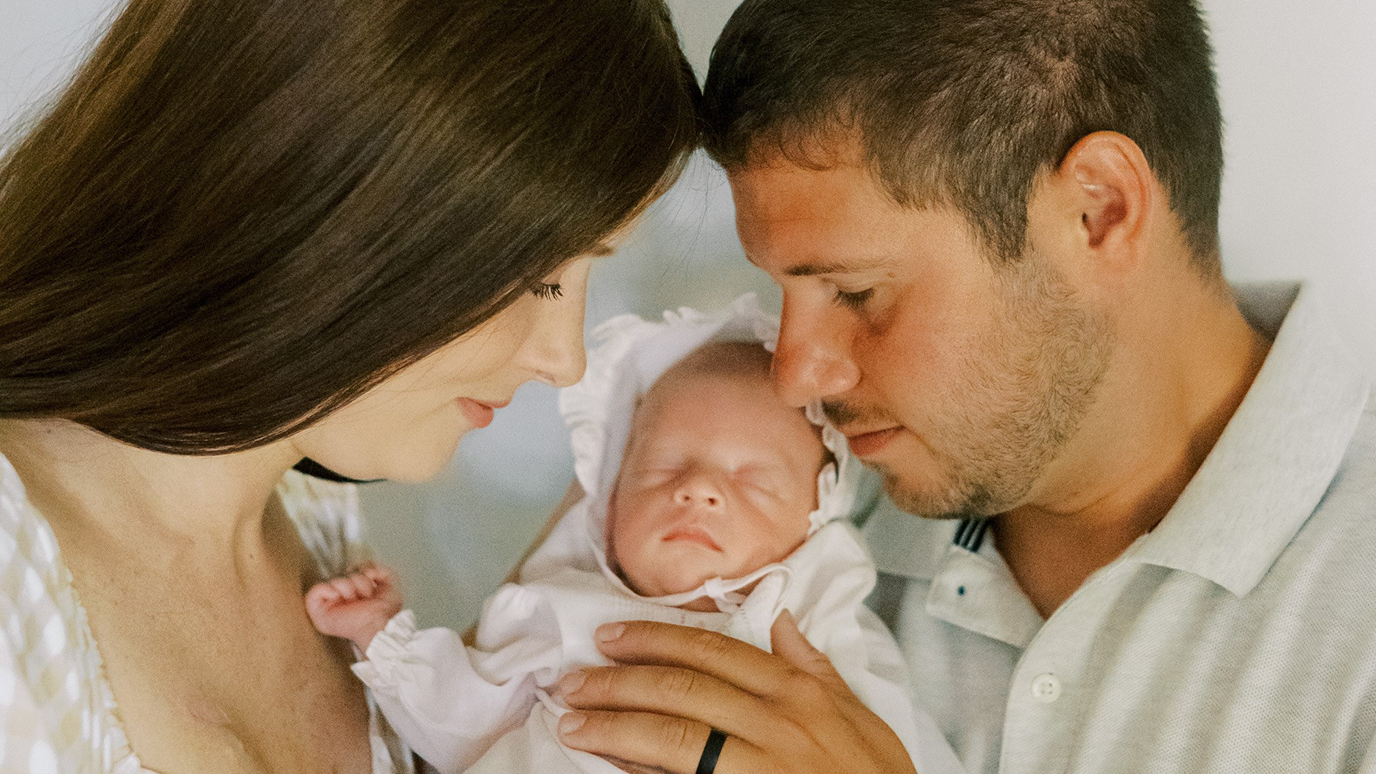- Diseases
- Acoustic Neuroma (16)
- Adrenal Gland Tumor (24)
- Anal Cancer (70)
- Anemia (2)
- Appendix Cancer (18)
- Bile Duct Cancer (26)
- Bladder Cancer (74)
- Brain Metastases (28)
- Brain Tumor (234)
- Breast Cancer (726)
- Breast Implant-Associated Anaplastic Large Cell Lymphoma (2)
- Cancer of Unknown Primary (4)
- Carcinoid Tumor (8)
- Cervical Cancer (164)
- Colon Cancer (168)
- Colorectal Cancer (118)
- Endocrine Tumor (4)
- Esophageal Cancer (44)
- Eye Cancer (36)
- Fallopian Tube Cancer (8)
- Germ Cell Tumor (4)
- Gestational Trophoblastic Disease (2)
- Head and Neck Cancer (14)
- Kidney Cancer (130)
- Leukemia (342)
- Liver Cancer (50)
- Lung Cancer (286)
- Lymphoma (278)
- Mesothelioma (14)
- Metastasis (30)
- Multiple Myeloma (100)
- Myelodysplastic Syndrome (60)
- Myeloproliferative Neoplasm (6)
- Neuroendocrine Tumors (16)
- Oral Cancer (102)
- Ovarian Cancer (178)
- Pancreatic Cancer (160)
- Parathyroid Disease (2)
- Penile Cancer (14)
- Pituitary Tumor (6)
- Prostate Cancer (150)
- Rectal Cancer (58)
- Renal Medullary Carcinoma (6)
- Salivary Gland Cancer (14)
- Sarcoma (238)
- Skin Cancer (300)
- Skull Base Tumors (56)
- Spinal Tumor (12)
- Stomach Cancer (66)
- Testicular Cancer (28)
- Throat Cancer (92)
- Thymoma (6)
- Thyroid Cancer (100)
- Tonsil Cancer (30)
- Uterine Cancer (86)
- Vaginal Cancer (18)
- Vulvar Cancer (22)
- Cancer Topic
- Adolescent and Young Adult Cancer Issues (22)
- Advance Care Planning (12)
- Biostatistics (2)
- Blood Donation (18)
- Bone Health (8)
- COVID-19 (360)
- Cancer Recurrence (120)
- Childhood Cancer Issues (120)
- Clinical Trials (628)
- Complementary Integrative Medicine (22)
- Cytogenetics (2)
- DNA Methylation (4)
- Diagnosis (238)
- Epigenetics (6)
- Fertility (62)
- Follow-up Guidelines (2)
- Health Disparities (14)
- Hereditary Cancer Syndromes (128)
- Immunology (18)
- Li-Fraumeni Syndrome (8)
- Mental Health (122)
- Molecular Diagnostics (8)
- Pain Management (62)
- Palliative Care (8)
- Pathology (10)
- Physical Therapy (18)
- Pregnancy (18)
- Prevention (936)
- Research (390)
- Second Opinion (78)
- Sexuality (16)
- Side Effects (616)
- Sleep Disorders (10)
- Stem Cell Transplantation Cellular Therapy (216)
- Support (408)
- Survivorship (328)
- Symptoms (182)
- Treatment (1788)
Renal medullary carcinoma, sickle cell trait and high-intensity exercise: What’s the connection?
4 minute read | Published August 21, 2024
Medically Reviewed | Last reviewed by an MD Anderson Cancer Center medical professional on August 21, 2024
Very few people will be diagnosed with renal medullary carcinoma this year. But of those who are, about 60% will be young Black men who carry the sickle cell trait, an inherited mutation that can change the shape of red blood cells. About 60-70% of those individuals will also have a history of high-intensity exercise.
Why is renal medullary carcinoma more common in young athletic Black men? How do you know if you carry the blood mutation associated with it? And, if you find out you do, does that mean you shouldn’t exercise?
We went to Pavlos Msaouel, M.D., Ph.D., a medical oncologist who specializes in this rare, extremely aggressive kidney cancer. Here’s what he shared with us.
Why is renal medullary carcinoma more common in young athletic Black men?
To understand why, first you have to know a little more about the sickle cell trait.
This genetic mutation causes red blood cells to turn sickle (or crescent) shaped when stressed, especially from dehydration or low oxygen levels. That makes the affected cells less capable of doing their job, which is transporting oxygen around the body. It also causes them to form clumps in areas that have the least oxygen present, damaging the surrounding tissues.
The medulla — or innermost part — of the kidney, is one of those areas. It naturally has very low oxygen levels, to help it concentrate urine.
So, when someone has the sickle cell trait, and they engage in high-intensity exercise, that can stress the body enough to trigger the affected red blood cells to change their shape. Professional and college-level athletes are especially prone to becoming dehydrated and exerting themselves so much physically that their blood-oxygen levels drop. And Black men are one of the groups that the sickle cell trait is found in most frequently.
Is the sickle cell trait found only in Black males?
No. People of either sex and many backgrounds can have it. But it’s important to distinguish between having the sickle cell trait and having sickle cell disease.
The sickle cell gene is a mutation you can get from one or both of your parents, assuming they are carriers. If you inherit it from only one, that means you carry the sickle cell trait. If you inherit it from both, that means you have sickle cell disease.
Sickle cell disease can cause serious problems for the people who have it. But only about 1 in 55 people who carry the sickle cell gene will have two copies of it and have sickle cell disease. The rest will carry only one copy and have the sickle cell trait. That’s because the sickle cell trait is considered beneficial: it’s believed to have evolved to protect us from malaria. That’s why it’s most frequently found in places like India and Africa, where malaria is highly prevalent.
So, how would I know if I carry the sickle cell trait?
About half the people who carry the sickle cell trait don’t know they have it, because it normally doesn’t cause any symptoms. But all babies born in the United States are now tested for it at birth. That’s been the case since around the mid-2000s.
If you’re older than that, but were in the military, you may also have been tested. In the 1970s, the U.S. Department of Defense wanted to know why some of its military recruits were dying unexpectedly during training. Autopsies revealed an unusually high frequency of sickle cell trait among the fallen, so the military began regularly testing its recruits.
That’s also the reason why everyone in college athletics is now checked for the sickle cell trait. Back in the late 2000s, a football player died suddenly right after practice here in Houston.
If you don’t know whether you have sickle cell trait, you can just ask a doctor to check it. It’s a simple blood test that takes about two days to process.
Do I need to stop exercising if I learn that I do carry the sickle cell trait?
No. You don’t need to avoid athletics or the military if you have the sickle cell trait. You just need to follow certain recommendations to reduce your risk of sudden death and renal medullary carcinoma.
Mostly, those recommendations boil down to:
- Start any new exercise regimen slowly.
- Condition yourself by building up your endurance gradually.
- Stay well-hydrated.
Furthermore, animal studies have suggested that moderate exercise may reduce the incidence of renal medullary carcinoma. We don’t know exactly why yet, but if that finding extends to humans, people with the sickle cell trait could get all of the other benefits of exercise, plus reduce their risk of renal medullary carcinoma, just by doing it in moderation.
Request an appointment at MD Anderson online or call 1-877-632-6789.
Related Cancerwise Stories

You don’t need to avoid athletics or the military if you have the sickle cell trait.
Pavlos Msaouel, M.D., Ph.D.
Physician & Researcher





